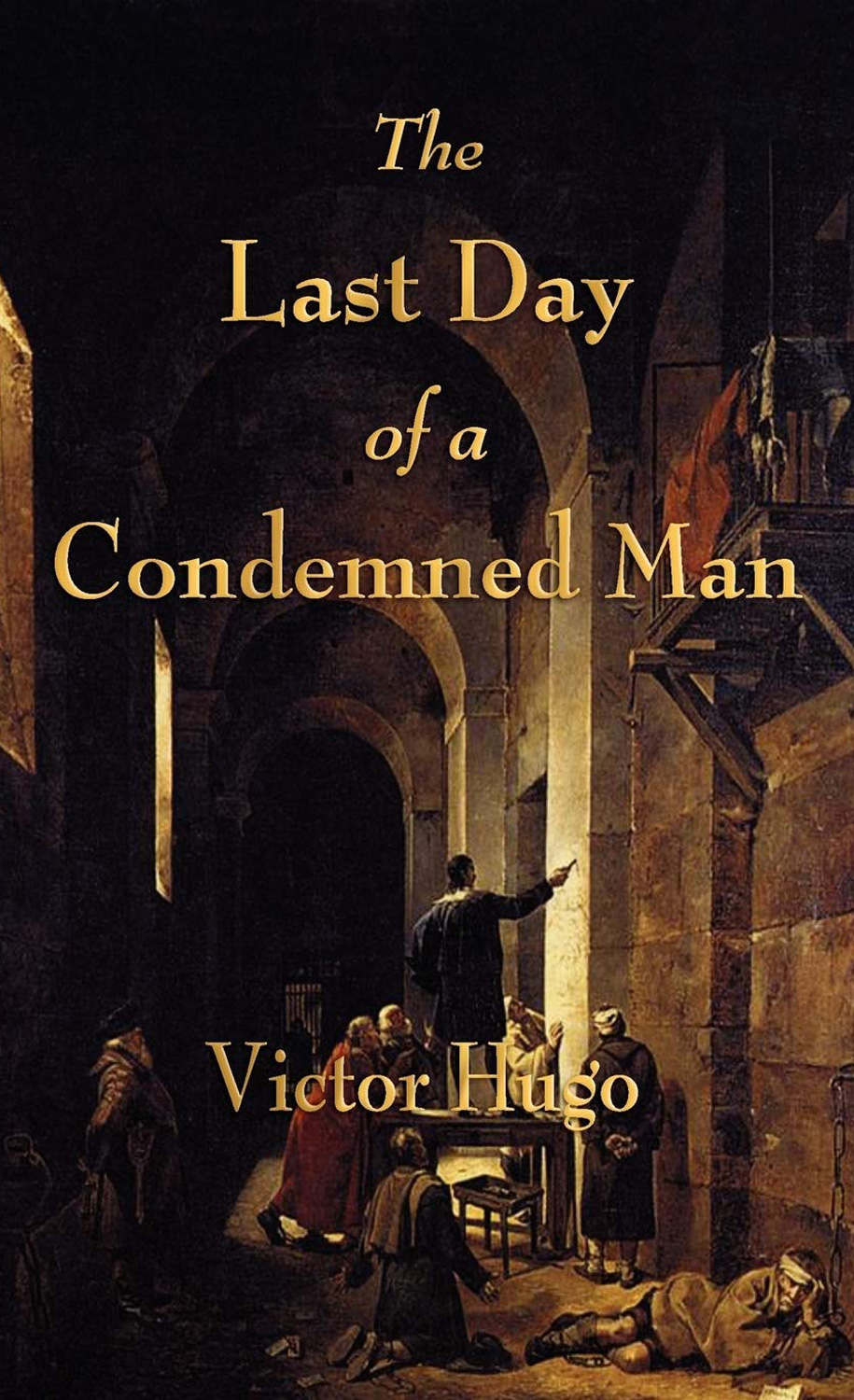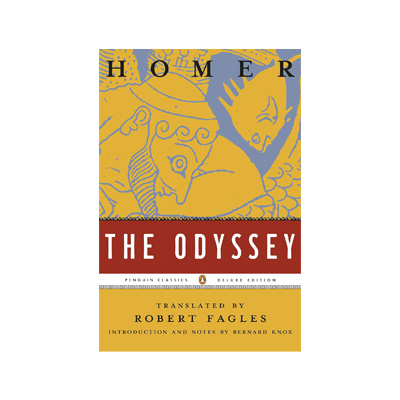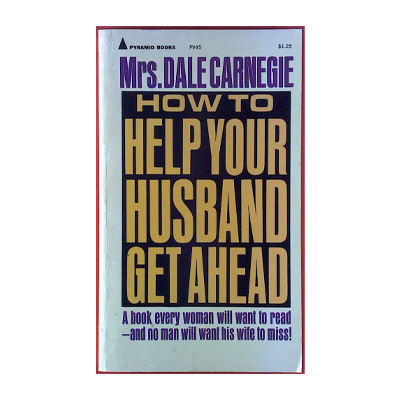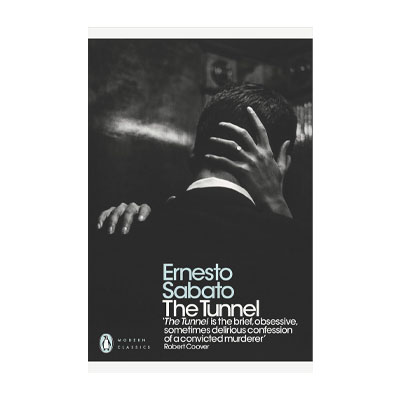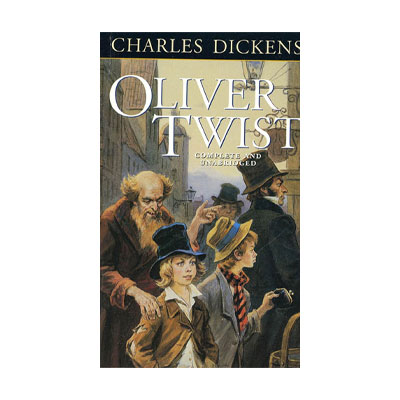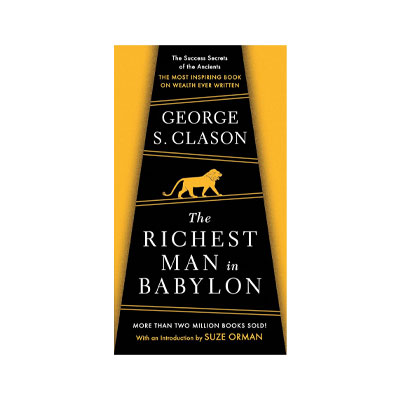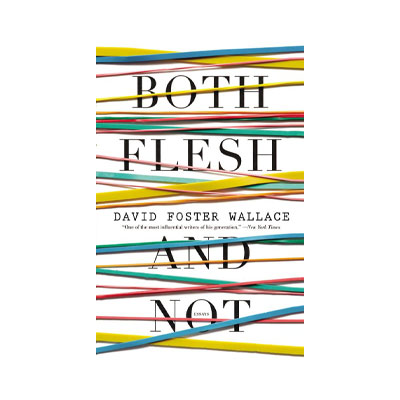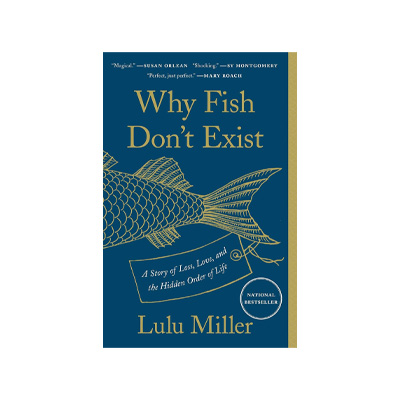Book Summary
The extraordinary work, "The Last Day of a Condemned Man," is about the final day of a condemned man who, on the brink of death, speaks about his last moments of execution with the guillotine. The renowned author, Victor Hugo, introduces the reader to the thoughts passing through the mind of the condemned person in a unique way, making them feel as if they are inside the main character's mind, experiencing his thoughts minute by minute.
Perhaps at times, we may have empathized and put ourselves in the place of a person facing execution. Certainly, in such a situation, the first question that comes to mind is: what is he thinking about right now? Has he reconstructed his death scenario multiple times for himself? Or maybe he is thinking about the people close to him in these days? Although the idea of the difficult and painful moments of an execution is not pleasant for anyone psychologically, it resonates with some individuals and will bring painful experiences to them.
When Hugo decided to write his talkative and narrative novel and published it in 1829, various whispers about abolishing the death penalty were heard, sparking off events in French society and even other countries. On another note, the novel begins with the criminal himself taking shape and until the end, his name and of course the crime he committed remain completely hidden, seemingly the author had a logical reason for it.
In any case, besides depicting what a condemned person goes through, Hugo also tried to portray the nature of the death penalty and maintained interest from beginning to end with his exemplary skill. Reading about the efforts of a criminal who tries everything to obtain forgiveness from the court and receive a pardon, as well as hearing what people call him, will undoubtedly be valuable for readers.
About the Author
Victor Marie Hugo was a French writer and poet born on February 26, 1802 in Besançon. He spent some time at the prestigious College des Nobles in Madrid, Spain, and then under the guidance of a private tutor in France before turning to writing novels, stories, and plays after initially writing poems. His first collection of poems called "Odes and Other Poems" was published in 1822 and his first novel was made available to enthusiasts in 1826.
During his lifetime, Hugo experienced many hardships such as betrayal, the death of his wife, his daughter's institutionalization due to an unsuccessful love affair, and the death of two of his sons. He passed away on May 22, 1885 in Paris. Some of his most famous works include "Les Misérables," "The Hunchback of Notre-Dame," "How to be a grandfather" "Toilers of the Sea," and "Claude Gueux."
Who Should Read the Book?
Enthusiasts of literary fiction and classics are the primary audience for the mentioned novel; also, fans of Victor Hugo's writings can benefit from reading this work.
